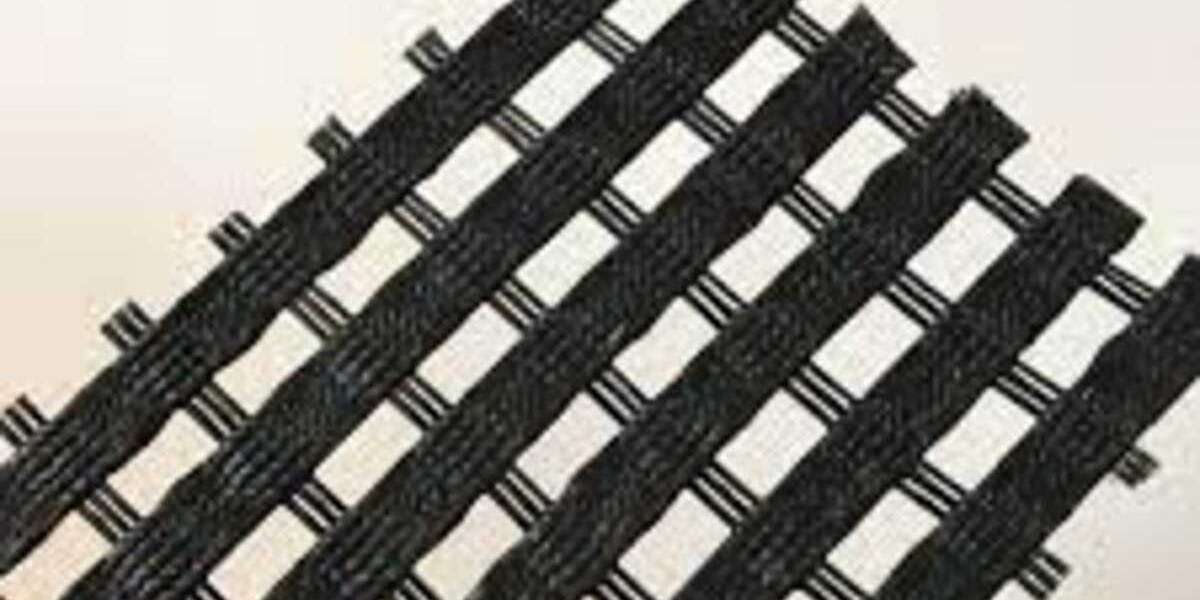In the realm of civil engineering and construction, geosynthetics have played a revolutionary role, transforming traditional practices into more efficient and sustainable methodologies. Uniaxial geogrids, in particular, have garnered attention for their significant contributions to soil stabilization, but their applications extend far beyond this role.
Understanding Uniaxial Geogrids
Uniaxial geogrids are geosynthetic materials characterized by a grid-like configuration, typically made from polypropylene or polyethylene. They are engineered to reinforce soil, enhancing load distribution and stability. Traditionally, their primary use has been in the construction sector for applications such as base reinforcement for paved and unpaved roads, retaining walls, and slope stabilization.
However, the potential of uniaxial geogrids stretches beyond the bounds of soil stabilization. As Uniaxial geogrid suppliers continue to innovate, a variety of applications have emerged that capitalize on the unique properties of these materials.
1. Urban Green Spaces and Landscaping
In urban environments, space constraints often hinder the development of green areas. Uniaxial geogrids can be utilized in the creation of green roofs and vertical gardens, providing structural support for growing media and vegetation. The lightweight yet robust nature of geogrids ensures that plant roots have adequate support while preventing soil erosion and displacement.
Furthermore, uniaxial geogrids are instrumental in creating permeable pavements, allowing rainwater to infiltrate and promoting groundwater recharge. By integrating these materials, cities can enhance their sustainability while improving aesthetic appeal through green infrastructure.
2. Erosion Control and Environmental Protection
Soil erosion is a significant environmental concern, impacting water quality, ecosystems, and agricultural productivity. Uniaxial geogrids can be effectively employed in erosion control projects, especially in riverbanks, shorelines, and steep slopes.
The grid structure helps to anchor soil and vegetation, providing a stable environment where plant roots can establish themselves. This not only combats erosion but also fosters biodiversity as plants thrive in the sheltered conditions created by the geogrids.
Additionally, during flood events, uniaxial geogrids can aid in the construction of bioengineered structures that stabilize banks and mitigate the impacts of water flow, contributing to more cohesive environmental protection strategies.
3. Reinforcement in Retaining Structures
Uniaxial geogrids are increasingly considered in the design of retaining walls and earth structures. Their strength and flexibility allow for the creation of tiered retaining walls that are both stable and aesthetically pleasing.
In addition, the use of uniaxial geogrids in retaining structures enhances the overall load-bearing capacity and reduces the lateral earth pressure on walls. This property is especially beneficial in areas with varying soil conditions, where engineers face the challenge of maintaining structural integrity over time.
4. Support for Renewable Energy Infrastructure
The proliferation of renewable energy resources necessitates innovative solutions for infrastructure development. Uniaxial geogrids are being employed in the construction of foundations for wind turbines and solar panel installations.
For wind turbine bases, uniaxial geogrids can improve load distribution and prevent soil settlement, ensuring long-term stability even under harsh conditions. Similarly, in photovoltaic solar farms, geogrids facilitate efficient site drainage while providing a supportive layer that reduces the likelihood of soil deformation beneath heavy equipment.
5. Agriculture and Farming Applications
In the agricultural sector, uniaxial geogrids are emerging as valuable tools for enhancing productivity and sustainability. Farmers are utilizing geogrids in the construction of raised beds, which improve drainage and aeration while enabling better root development for crops. The grid's structure also minimizes soil compaction, allowing for more effective water infiltration.
Moreover, Uniaxial geogrid in India can be used in the development of protective barriers around fields, preventing soil erosion and providing support during heavy rains. The application of geogrids in agriculture exemplifies how innovative engineering solutions can align with sustainable farming practices.
6. Aviation and Transportation Infrastructure
In the aviation sector, the demands for runways and taxiways require materials that can withstand heavy loads and dynamic stresses. Uniaxial geogrids have found applications in reinforcing airfield pavements, enhancing load distribution and extending the life span of the runway materials.
Similarly, transportation infrastructure, including highways and bridges, benefits from the incorporation of uniaxial geogrids. Their application in roadbed construction not only enhances stability but also reduces maintenance costs by significantly improving the longevity of the roads.
7. Waste Management and Landfill Stabilization
Effective waste management is a critical issue in today's world. Uniaxial geogrids can support landfill stability, providing reinforcement to earthworks and enabling better compaction of waste materials. This results in reduced settlement over time and improves site safety.
Moreover, geogrids can serve as a barrier to limit leachate migration, helping to protect surrounding environments from contamination. Their incorporation into waste landfill designs represents a significant advancement in environmentally responsible waste management practices.
Conclusion
The innovative uses of uniaxial geogrids extend well beyond traditional soil stabilization techniques. With their versatile applications across urban landscaping, environmental protection, renewable energy, agriculture, aviation, and waste management, these materials are central to the advancement of sustainable infrastructure practices.
As the demand for such innovative solutions continues to rise, Uniaxial geogrid manufacturer and suppliers are poised to play a crucial role in addressing contemporary challenges. In India, where infrastructure needs are rapidly expanding, locally available uniaxial geogrids are particularly significant. Their adoption can enhance construction practices while supporting environmental sustainability.
By capitalizing on the diverse applications of uniaxial geogrids, the industry can create more resilient and sustainable infrastructure, paving the way for a more environmentally conscious future.
Frequently Asked Questions (FAQs)
How does uniaxial geogrid improve soil stability?
Uniaxial geogrids enhance soil stability by confining aggregates and soil particles, distributing loads evenly, and thereby reducing the risk of settlement and deformation.
Can uniaxial geogrid be used in waterlogged areas?
Yes, uniaxial geogrids are effective in waterlogged areas to improve load-bearing capacity and enhance drainage when used in conjunction with appropriate drainage materials.
How long can uniaxial geogrids last?
With proper installation and environmental considerations, uniaxial geogrids can last for many decades, often exceeding 50 years.








